1. Introduction to Poultry Feed Machine
A Poultry Feed Machine is a specialized piece of agricultural and feed-processing equipment designed for producing high-quality poultry feed in pellet, mash, or crumble form. These machines are widely used in chicken farms, poultry breeding operations, feed factories, and agricultural cooperatives.
With the rising demand for efficient poultry feeding, high feed conversion rates (FCR), and stable flock performance, poultry feed machines play an essential role in improving production efficiency, reducing feed costs, and ensuring consistent nutrient formulation.
A modern poultry feed machine integrates multiple processes such as crushing, mixing, pelletizing, cooling, and packaging, depending on the production line configuration. Whether for small-scale backyard farms or large commercial feed mills, poultry feed machines enable efficient and automated feed manufacturing.
This article provides a detailed overview of poultry feed machines, including technical parameters, working principles, structural features, advantages, applications, usage instructions, maintenance requirements, troubleshooting, and frequently asked questions.
2. Technical Parameters of Poultry Feed Machine
Exact specifications vary by model and manufacturer, but the following parameters represent typical values used for Google SEO and product listings.
2.1 Machine Capacity
Small scale: 100–300 kg/h
Medium scale: 500–1500 kg/h
Large scale: 2–10 tons/h (fully automatic line)
2.2 Main Motor Power
Flat die pellet machine: 7.5–30 kW
Ring die pellet mill: 30–160 kW
Total system power for large lines: 80–350 kW
2.3 Pellet Diameter Options
2.4 Raw Materials Accepted
Corn, maize
Soybean meal
Wheat bran
Rice husk
Fish meal
Bone meal
Vitamins and additives
2.5 Working Voltage
2.6 Die Material
Alloy steel
Stainless steel
Forged steel
2.7 Machine Size and Weight
Small: 150–350 kg
Medium: 500–1200 kg
Large: 1500–6000 kg
3. Features of Poultry Feed Machine
3.1 High Efficiency
The machine can produce large volumes of uniform feed pellets with excellent density and durability. Efficiency is significantly higher than manual feed production.
3.2 Automated Operation
Depending on configuration, automation can include:
Automatic feeding
Automatic mixing
Automatic pelletizing
Automatic cutting
Automatic cooling
Automatic packaging
3.3 Durable Construction
The main body is typically built using carbon steel or stainless steel, with wear-resistant pellet dies and rollers designed for long-term operation.
3.4 Adjustable Pellet Size
Users can easily switch die plates to produce pellets suitable for different poultry species and growth stages.
3.5 Energy-Efficient Motors
Modern poultry feed machines use high-efficiency motors that reduce power consumption and operational costs.
3.6 Safe and Reliable Design
Machines include safety guards, overload protection, emergency stop, and temperature monitoring systems.
3.7 Multi-purpose Use
Can process various types of feed:
Broiler feed
Layer feed
Duck feed
Turkey feed
Quail feed
4. Advantages of Poultry Feed Machine
4.1 Improved Feed Conversion Rate (FCR)
Pellet feed is more digestible, reduces wastage, and enhances nutrient absorption, improving overall poultry growth performance.
4.2 Lower Production Cost
Producing feed on-site can save 30%–50% compared to buying commercial feed.
4.3 Consistent Nutrient Distribution
Using a high-quality mixing system ensures uniform distribution of proteins, vitamins, minerals, and additives.
4.4 Reduced Feed Wastage
Pellet feed minimizes dust and scattering, lowering waste and keeping farm environments cleaner.
4.5 Enhanced Disease Control
Pelletizing can kill harmful bacteria due to high heat and pressure, improving feed hygiene and reducing disease risk.
4.6 Customizable Feed Formula
Farmers can create feed tailored to:
Growth stage
Breed type
Climate conditions
Performance targets
4.7 Easy Maintenance and Long Service Life
Most poultry feed machines require minimal upkeep and replacement parts are widely available.
5. Application Scenarios
5.1 Poultry Farms
Generate daily feed for broilers, layers, breeders, and free-range poultry.
5.2 Animal Feed Factories
Small, medium, and large feed mills use these machines to produce commercial feed.
5.3 Agricultural Cooperatives
Co-ops centralize feed production to support local farmers.
5.4 Educational Institutions
Agricultural colleges and research centers use feed machines for research and training.
5.5 Specialized Feed Producers
Manufacturers produce medicated feed, organic feed, or functional feed for specialized needs.
5.6 Small Backyard Farms
Compact models enable farmers to produce 50–300 kg/h of feed cost-effectively.
6. How a Poultry Feed Machine Works
A typical Poultry Feed Production Line includes:
Raw Material Receiving
Grinding (Hammer Mill)
Mixing (Feed Mixer)
Pelletizing (Pellet Mill)
Cooling (Counterflow Cooler)
Screening (Grading Sieve)
Packaging (Feed Packing Machine)
Step-by-Step Working Principle
6.1 Material Crushing
The hammer mill breaks raw materials into fine powder suitable for pelletizing.
6.2 Uniform Mixing
Ingredients are blended to achieve a consistent nutrient profile.
6.3 Pelletizing
The mixed powder goes into the pellet mill where:
Rollers press material through a die
Heat and pressure form pellets
Blades cut pellets to desired length
6.4 Cooling
Hot pellets are cooled to remove moisture and harden the surface.
6.5 Screening
Broken pellets and dust are separated from finished products.
6.6 Packaging
Pellets are packed into bags for storage or transportation.
7. Operating Instructions for Poultry Feed Machine
7.1 Pre-Operation
Check electrical connections
Ensure die and rollers are lubricated
Clean all material inlets
Select proper pellet die size
7.2 Operation Steps
Start the main motor
Feed raw material gradually into hopper
Adjust feeding speed for uniform load
Monitor pellet quality
Collect pellets from the discharge chute
Allow machine to run empty for 2 minutes before shutdown
7.3 Post-Operation
8. Maintenance Guide
8.1 Daily Maintenance
8.2 Weekly Maintenance
8.3 Monthly Maintenance
8.4 Die and Roller Care
9. Common Problems and Troubleshooting
Problem 1: Pellets Are Too Soft or Crumbling
Cause: Insufficient moisture or pressure
Solution: Add binder or increase temperature
Problem 2: Machine Overheats
Cause: Rollers too tight or raw material too dry
Solution: Adjust roller pressure, add moisture
Problem 3: Pellet Machine Produces Smoke
Cause: Improper lubrication or blocked die
Solution: Clean die, use proper lubricant
Problem 4: Low Output
Cause: Worn die, low motor speed, or poor raw material quality
Solution: Replace die or adjust formula
Problem 5: Machine Vibrates
Cause: Unbalanced rotor or loose bolts
Solution: Tighten bolts, check rotor alignment
10. Frequently Asked Questions (FAQ)
Q1: What raw materials can a poultry feed machine process?
Corn, soybean meal, wheat bran, fish meal, rice husk, additives, and various grains.
Q2: What pellet size is best for broilers and layers?
Broilers: 2.0–2.5 mm
Layers: 3.0–3.5 mm
Q3: Can the machine make feed for other animals?
Yes. It can produce feed for ducks, geese, turkeys, quails, rabbits, pigs, and fish.
Q4: Do I need a grinder and mixer?
For complete feed quality, yes—crushing and mixing ensure uniform nutrition.
Q5: How long does a pellet die last?
Typically 800–1500 hours, depending on material hardness and maintenance.
Q6: Is pellet feed better than mash feed?
Yes—pellet feed improves digestion, reduces waste, and increases feed efficiency.
Q7: What is the warranty period?
Most manufacturers provide 1-year warranty for key components.
Q8: Can small farms use this machine?
Absolutely. Small-scale models can produce as little as 100–300 kg/h.
Conclusion
A Poultry Feed Machine is an essential tool for modern poultry farming and feed production. It offers high efficiency, consistent pellet quality, reduced feed costs, and improved flock performance. Whether you are a small farm owner or a commercial feed mill operator, investing in a poultry feed machine can significantly enhance productivity and profitability.
Company Profile
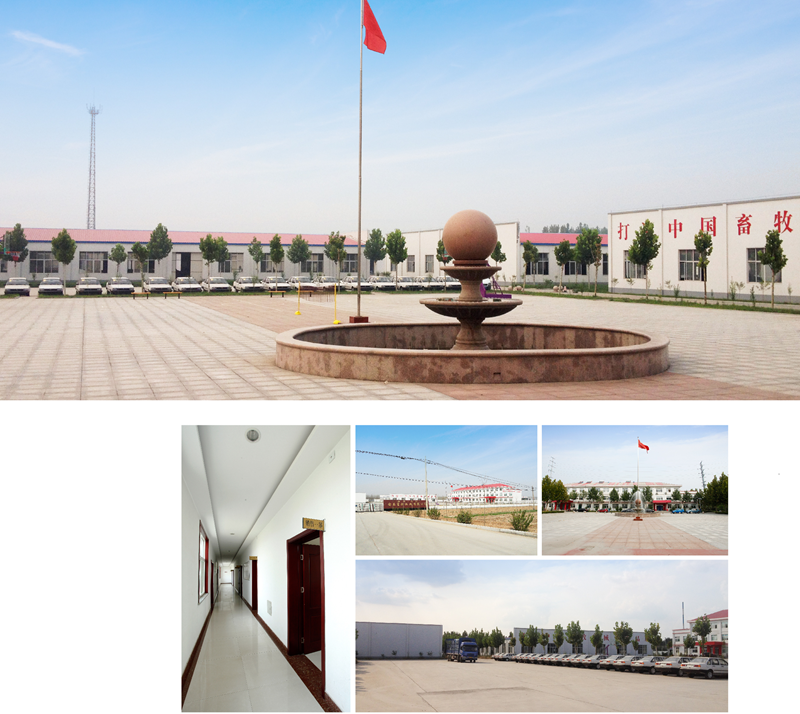
Shandong Huimin Qinle Livestock Machinery Co., Ltd. (formerly Shandong Huimin Qinle Livestock Machinery Factory) is a professional poultry equipment manufacturer with over 20 years of experience. We offer a comprehensive service package, from design (land and chicken coops), production (equipment and prefabricated steel coops), installation, commissioning, customer training, and after-sales service.
Located in Huimin County, Binzhou City, Shandong Province, China, the company has extensive experience in mechanical processing and manufacturing, as well as livestock machinery production and operation. With fixed assets of RMB 15 million, the company employs 160 people, including 30 R&D staff, and occupies a 40,000-square-meter factory. Equipped with over 110 pieces of advanced precision production equipment, including CNC machining centers and laser cutting machines, the company boasts a production capacity of RMB 50 million.
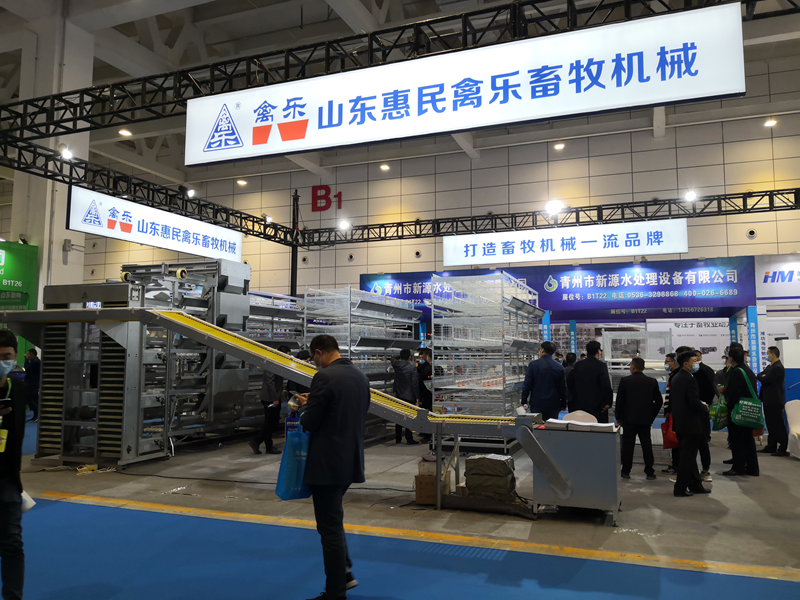


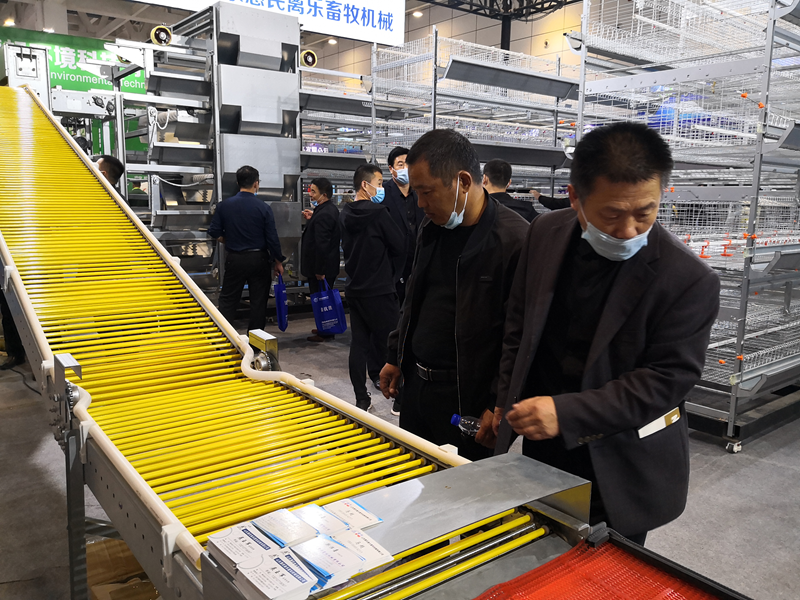
Chicken Farming Equipment Mesh Production Workshop

Machining Workshop

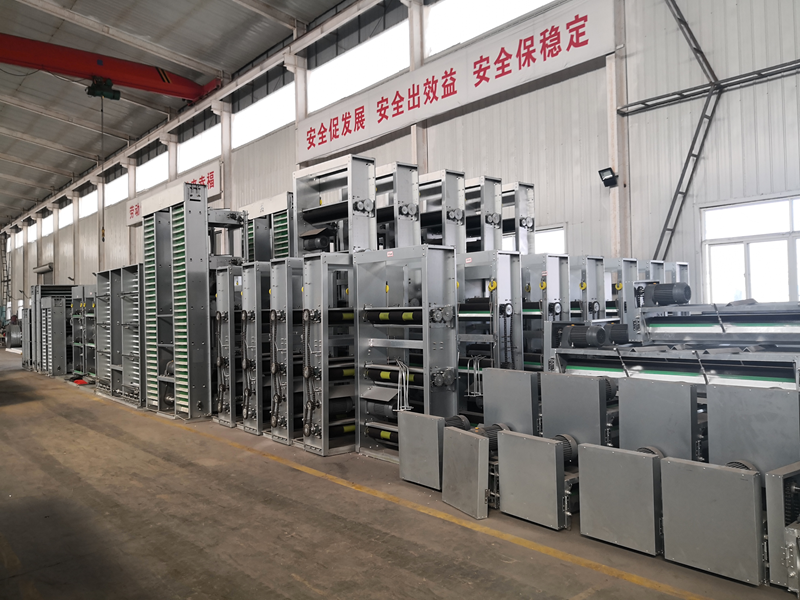
Turret-type CNC Punch Press, Laser Cutting and Other Machining Equipment



Fully Automated Roll Forming Production Line

Hot-dip Galvanizing Production Line

Electroplating Production Line

Environmental Protection Equipment

Chicken Farming Equipment Product Series
Egg-laying Hen Farming Equipment
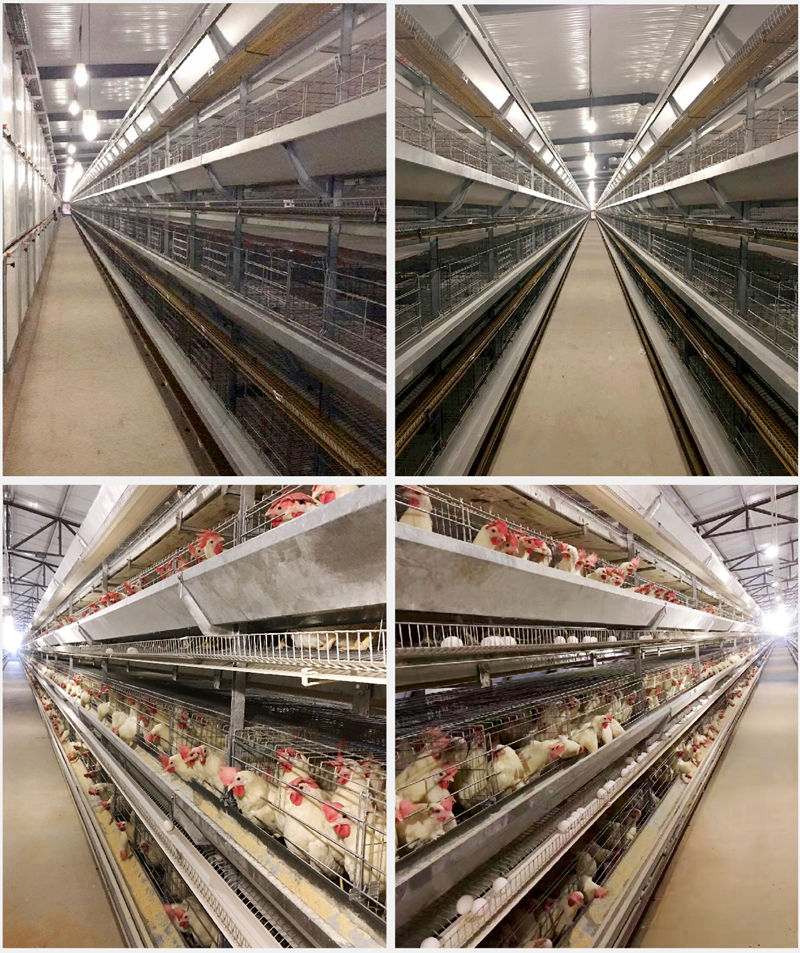
Stacked Brooding Cage Equipment

Stacked Broiler Cage Equipment
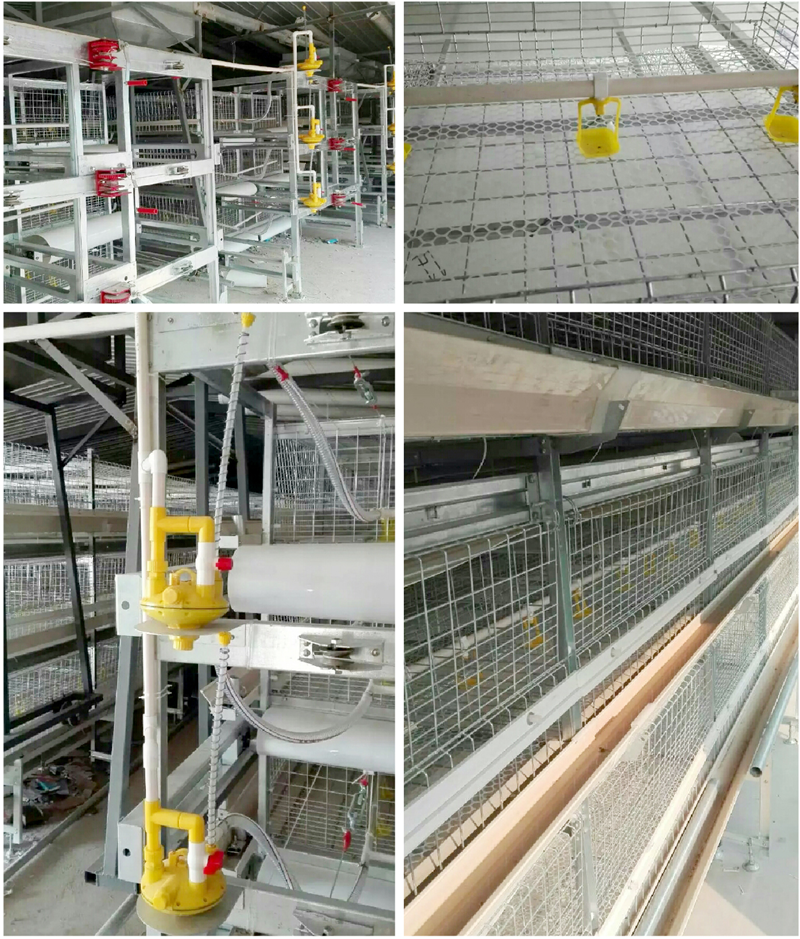
Stepped Layer Hen Cage Rearing Equipment
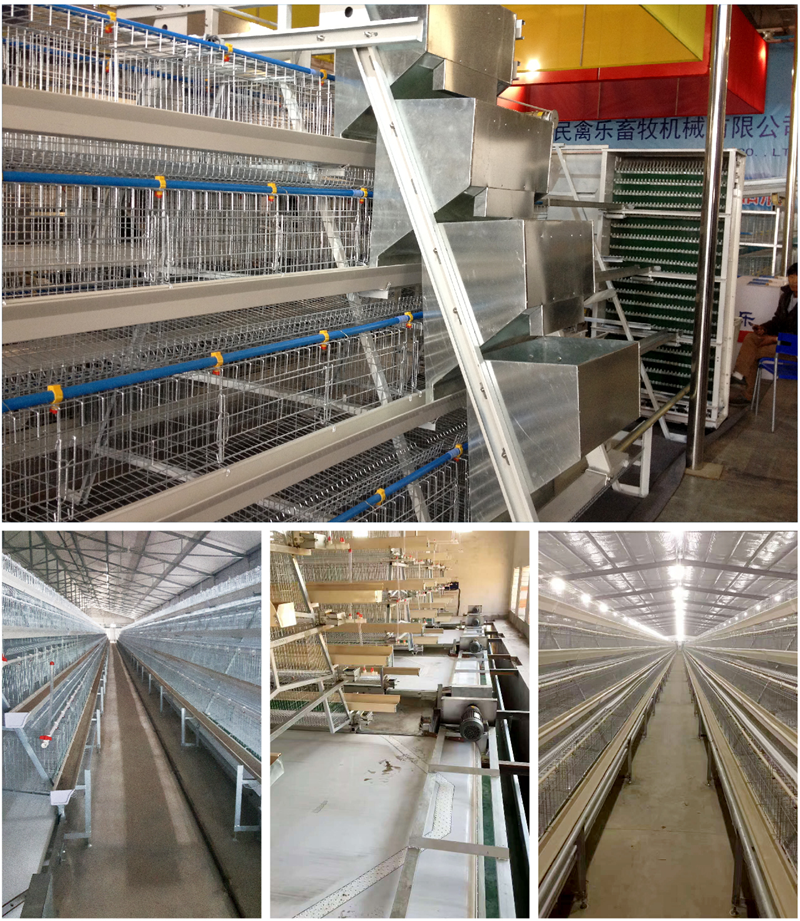
Automatic Egg Collection System

H-type Cage Feeding Machine
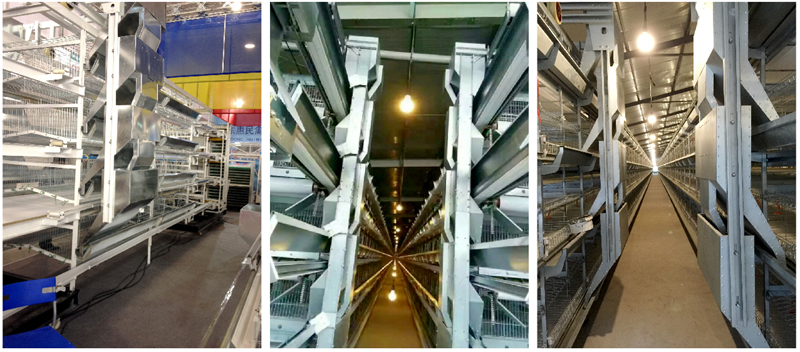
Stepped Cage Straddle Feeder
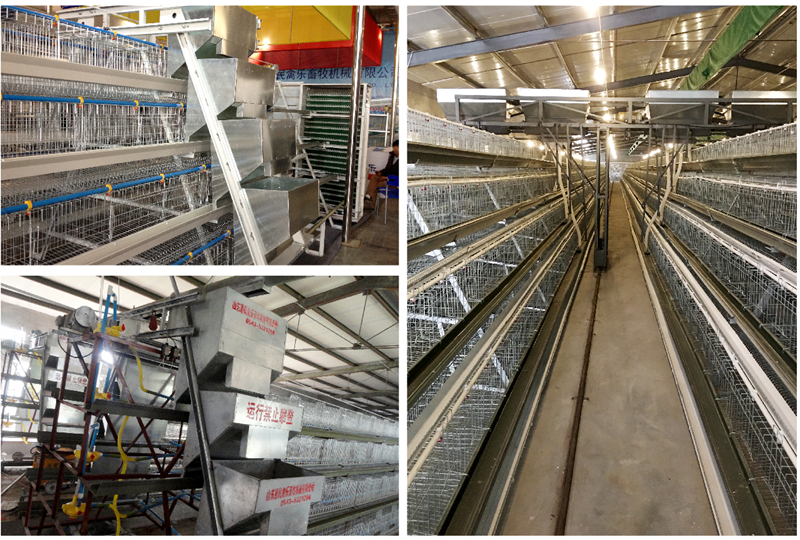
Manure Removal Machine

Fans, Heated Curtains, Environmental Control Systems, and Lighting Equipment
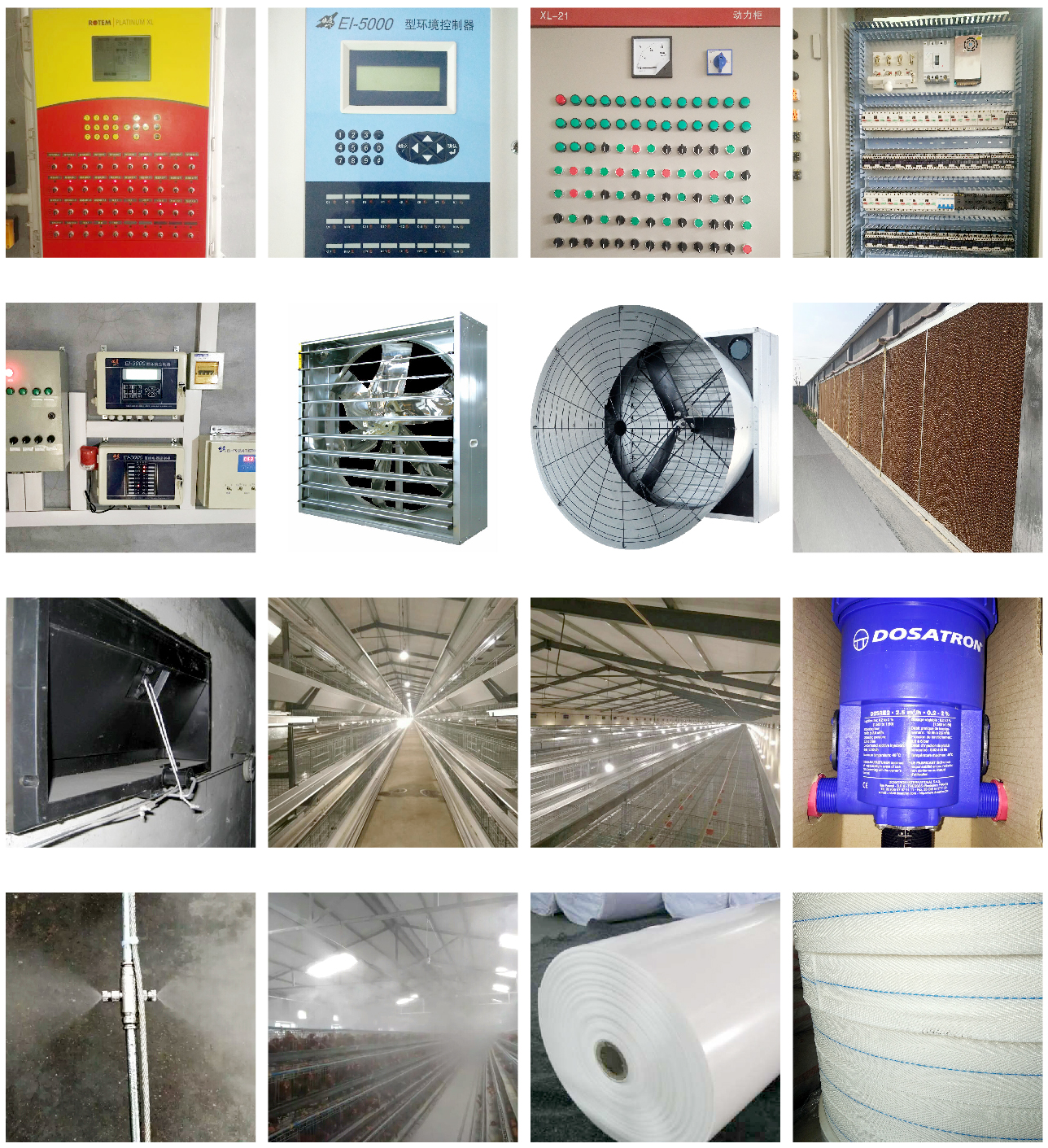
Complete Set of Equipment for Organic Fermentation Treatment of Manure


 Catalogue
Catalogue































 WhatsApp
WhatsApp Téléphone
Téléphone